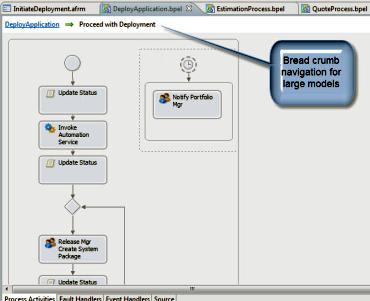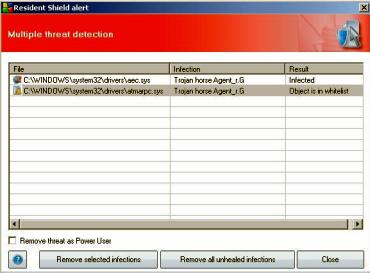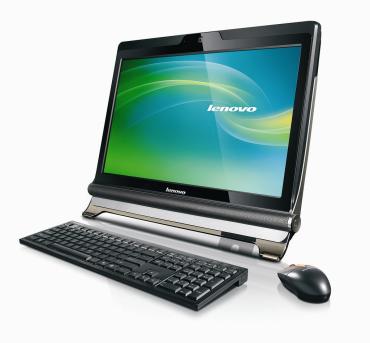
While technology geeks may or may not know these 15 fun terms, non-geeks, enjoy yourself and have fun to find out if your neighbour is a technosexual or mouse potato? If they are then you know who helped you find it out.
1. Warchalking
This is marking outdoor surfaces like sidewalks, brick walls and signposts with chalk marks that indicate that a wireless network is available at that location. The markings indicate if the area is openly accessible, is protected by a password, or is protected by other security measures.
Some people roam around cities and towns looking for Warchalked locations where they can use their wireless laptop computer to hook up to the Internet.
There are three basic designs that are currently used: a pair of back-to-back semicircles denotes an open node; a closed circle denotes a closed node; a closed circle with a 'W' inside denotes a node equipped with WEP.
2. Technosexual
She became so excited about her new laptop and PDA that her friends knew she must be technosexual. Heard this word before?
Well basically it means, a person, male or female, who is so deeply enthralled with technology they discuss it with a level of passion that most people reserve for sex.
Not always a geek or a nerd, but generally someone who has the latest and greatest everything.
3. Technoruptcy
Heard bankruptcy, now hear technoruptcy, the inability to pay your living expenses due to the purchasing of the newest technology, spending more money than you have on the newest technology or taking advances on paycheck to purchase new technology because you can't wait to get paid to purchase.
Click NEXT to read about Breadcrumb trail
Reader invite
Are you a gadget/gaming wizard? Would you like to review gadgets, games, the Internet, software technologies and the works for us? Mail us a sample of your writing. Write to gadgetsandgaming@rediffmail.com with the subject 'My Gadget/Gaming Review' and we will get in touch with you.

On a Web site, a breadcrumb trail is a navigation tool that allows a user to see where the current page is in relation to the Web site's hierarchy. The term breadcrumb trail comes from the story of Hansel and Gretel, who left a trail of breadcrumbs as they walked through the forest so they could trace their way back home.
5. What is a clipboard hijack attack?
A clipboard hijacking is an exploit in which the attacker gains control of the victim's clipboard and replaces its contents with their own data, such as a link to a malicious Web site.
The attack makes it impossible for users to copy anything else to the clipboard until they either close the browser or reboot the machine. Aside from the nuisance factor, the danger is that a user might inadvertently paste the inserted content into their browser or into online content, exposing themselves or others to malicious code.
Click NEXT to read about Doggy domains and more

A mobile phone virus is a computer virus specifically adapted for the cellular environment and designed to spread from one vulnerable phone to another.
Although mobile phone virus hoaxes have been around for years, the so-called Cabir virus is the first verified example. The virus was created by a group from the Czech Republic and Slovakia called 29a, who sent it to a number of security software companies, including Symantec in the United States and Kaspersky Lab in Russia.
Cabir is considered a 'proof of concept' virus, because it proves that a virus can be written for mobile phones, something that was once doubted.
7. Doggy domains
These are fake Web sites that are masquerading as legitimate Web sites. Spammers and other criminal-types create these Web sites with names very similar to real Web site names. Then they use e-mail to direct people to these Web sites with the express purpose of stealing personal information.
This type of online fraud has already produced domains similar to Citibank and EBay that have fooled thousands of unsuspecting users.
8. Blowfish
Blowfish is an encryption algorithm that can be used as a replacement for the DES or IDEA algorithms. It is a symmetric (that is, a secret or private key) block cipher that uses a variable-length key, from 32 bits to 448 bits, making it useful for both domestic and exportable use (The US government forbids the exportation of encryption software using keys larger than 40 bits except in special cases).
Bruce Schneier, as an alternative to existing encryption algorithms, designed blowfish in 1993.
Designed with 32-bit instruction processors in mind, it is significantly faster than DES. Since its origin, it has been analysed considerably. Blowfish is un-patented, license-free, and available free for all uses.
Click NEXT to read about Mouse potato

Malware (for malicious software) is any programme or file that is harmful to a computer user. Thus, malware includes computer viruses, worms, Trojan horses, and also spyware, programming that gathers information about a computer user without permission.
10. Mouse potato
A mouse potato is the computer equivalent of television's couch potato: someone who tends to spend a great deal of leisure time in front of the computer in much the same way the couch potato does in front of the television.
Both activities tend to be accompanied by snacking. A recent survey by the American Snack Food Association found that 85 per cent of Web surfers snack at the computer. It has been observed that this habitual nibbling and relative inactivity can lead to development of a characteristic potato-like body form.
Television networks are concerned about the new phenomenon; they want to keep their potatoes planted on the couch. The Web's main lure -- and what television has been lacking -- is the capacity for interaction, something that will be increasingly built into television broadcasting with the move to digital television and the cable modem.
The convergence of television and the computer could perhaps be viewed as the convergence of the couch potato and the mouse potato.
Click NEXT to read about 3-D

A nettop is a small, low-power and relatively inexpensive desktop computer. Nettops are sometimes called all-in-one PCs, thin clients or cloudtops.
Like its mobile counterpart, the netbook, the nettop is designed for less demanding tasks, such as word processing, Web browsing, media playback and working with Web-based applications.
Most nettops feature an all-in-one form factor, meaning that all hardware components but the keyboard and mouse are integrated with the monitor. Because they consume as little as 8 watts of power, nettops may not include fans. Some have solid-state drives.
Most current nettops run on the Intel Atom processor and either Windows XP or some version of Linux. So now that you know a few of the hot technology terms you can join in on those high-tech conversations at the parties this year.
You may also find that a little knowledge like this will help you keep up with your kids as well.
12. 3-D
In computers, 3-D (three dimensions or three-dimensional) describes an image that provides the perception of depth.
When 3-D images are made interactive so that users feel involved with the scene, the experience is called virtual reality. You usually need a special plug-in viewer for your Web browser to view and interact with 3-D images. Virtual reality experiences may also require additional equipment.
3-D image creation can be viewed as a three-phase process of: tessellation, geometry , and rendering .
In the first phase, models are created of individual objects using linked points that are made into a number of individual polygons (tiles).
In the next stage, the polygons are transformed in various ways and lighting effects are applied.
In the third stage, the transformed images are rendered into objects with very fine detail.
Popular products for creating 3-D effects include Extreme 3D, LightWave 3D, Ray Dream Studio, 3D Studio MAX, Softimage 3D, and Visual Reality. The Virtual Reality Modelling Language (VRML) allows the creator to specify images and the rules for their display and interaction using textual language statements.
13. IPPP
An IPPP (Internet presence provider and promoter) is a company that helps an enterprise create a Web site, arrange its hosting (housing, maintaining, and providing Internet access) for the Web site, and promote an audience for it. Many Internet service providers (ISPs) are also IPPPs, but some ISPs simply offer users access to the Internet.
Click NEXT to read about Loose coupling

Blu-ray is an optical disc format designed to display high definition video and store large amounts of data.
Blu-ray is the successor to DVD. Hitachi, LG, Matsushita (Panasonic), Pioneer, Philips, Samsung, Sharp, Sony, and Thomson collaboratively developed this standard.
It became the default optical disk standard for HD content and optical data storage after winning a format war with HD-DVD, the format promoted by Toshiba and NEC.
15. Loose coupling
Loose coupling is a method of interconnecting the components in a system or network so that those components, also called elements, depend on each other to the least extent practicable.
Loose coupling simplifies testing, maintenance and troubleshooting procedures because problems are easy to isolate and unlikely to spread or propagate.